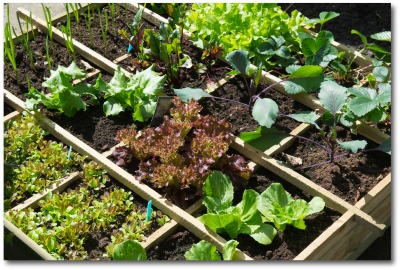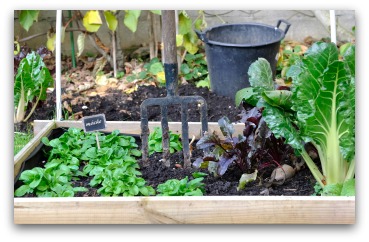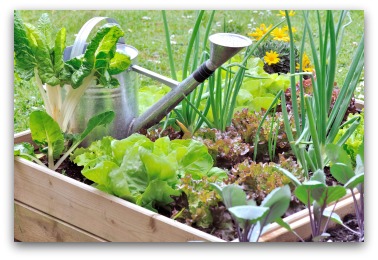Designing Your
Vegetable Garden Layout
Planning a vegetable garden layout for a raised bed, square foot, or traditional backyard garden?
Use our free worksheets or online garden planner to help design your garden!
Half the fun is planning your garden; whether you are a first-time gardener, or have many years of experience.
You may need to visit your nearest garden supply company to pick up a few garden tool supplies to get started!
When planning your vegetable garden, whether for a potted container garden, vertical vegetable garden, indoor or outdoor garden there are several things to keep in mind.
Video of Easy
Vegetable Garden Layout Designs
Planning your vegetable garden carefully, whether you will be growing tomatoes, cucumbers or lettuce is the most important first step!
Download Free Garden Planning Worksheets, Garden Diary, Zone Chart, Or Planting Guide
Share your vegetable garden photos and stories HERE.
Tips to Keep in Mind
First, consider a few tips that will help you decide where your vegetables should be planted.
If you will be gardening in containers on the porch or patio, you may want to plant herbs in one container, lettuce and radishes in another, onions with a parsley plant, and a cherry tomato (or regular tomato if you prefer) in its own container.
Square Foot Gardens are a Perfect Small Garden!
- To build a 4' x 4' square foot garden, simply build a frame using 2 by 6 boards.
- Divide into 16 one-foot squares using small slats or string.
- Plant each of the squares with one or more vegetables (depending on the size of the plants!)
- You can include a vertical area on the north end of your square foot garden.
- Use a section of metal fencing securely fastened with metal stakes to support your climbing vegetables!
Save Space by Vertical Gardening
Another important thing that you need to think about when you are planning how to layout your garden, is providing space for some vining plants to grow up as well as out.
There are several vegetables that do quite well if you let them climb a trellis or an arbor, and providing for this vertical growth can help you save space for the other smaller growing vegetables.
- Cucumbers, beans, melons and squash are all vegetables that do very well when they are given something to climb.
Organic Vegetable Gardening
If you wish to grow organic vegetables, it will be helpful you have compost area on your property. (Or you can purchase compost at your local gardening store.)
Other Space-Saving Ideas
Even when you are working with a very small garden, you can be creative with your vegetable garden layout.
For instance, did you know that you can plant lettuce and tomatoes virtually on top of each other?
As the lettuce grows very quickly, you can harvest some of it, while the still growing tomato plant will provide some shade for the remaining lettuce and stop it from going to seed so quickly.
This is a great way to conserve space, and works well in all types of gardens including in-ground, raised bed, potted, vertical, or container vegetable gardens.
Use Winter Months to Plan!
Planning the layout of your garden can be a fun thing to think about in the winter months.
Order a free seed catalog from Territorial Seed Company for ideas and inspiration for your vegetable garden layout.
When spring arrives, you will be ready to get started with planting your garden!
You might also like to read:









